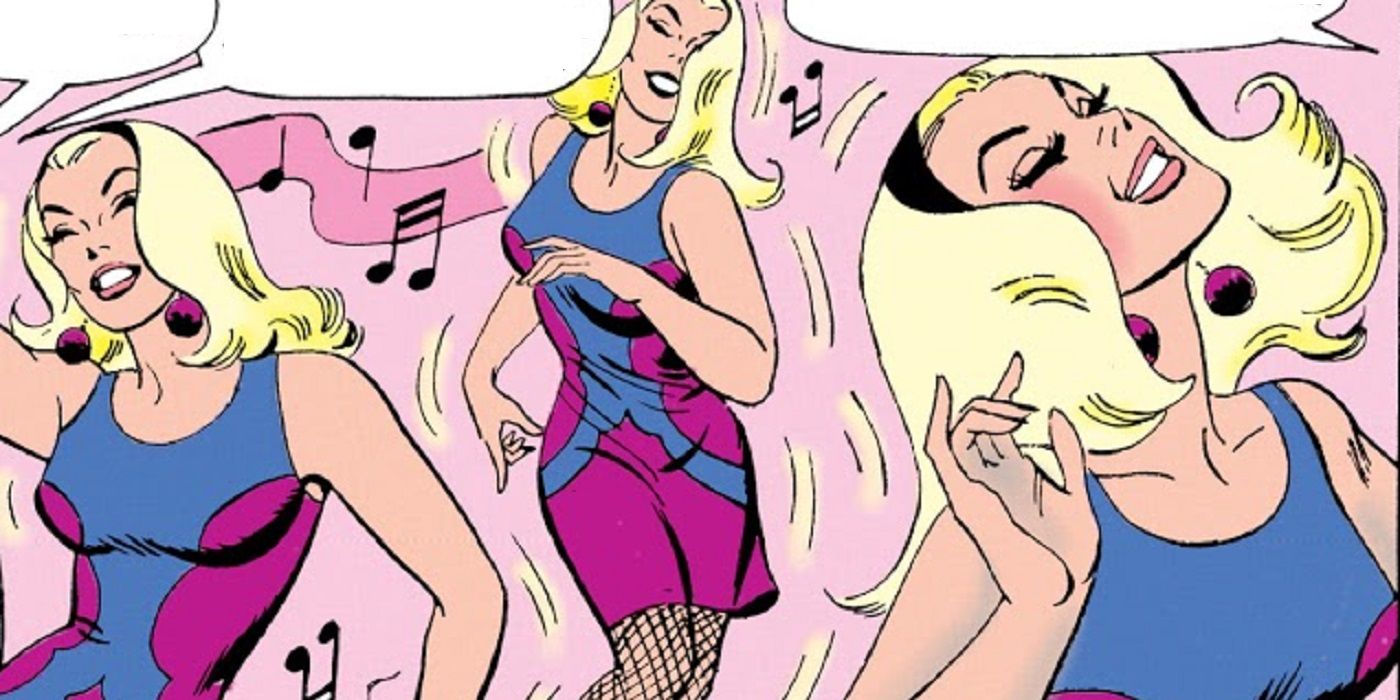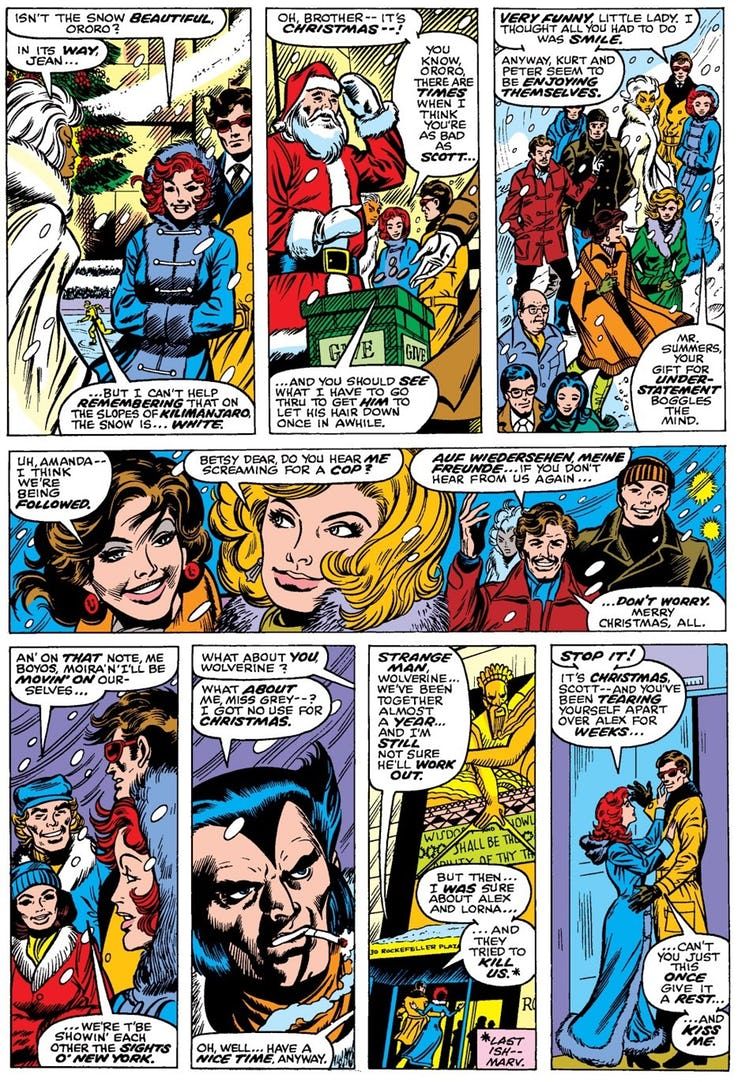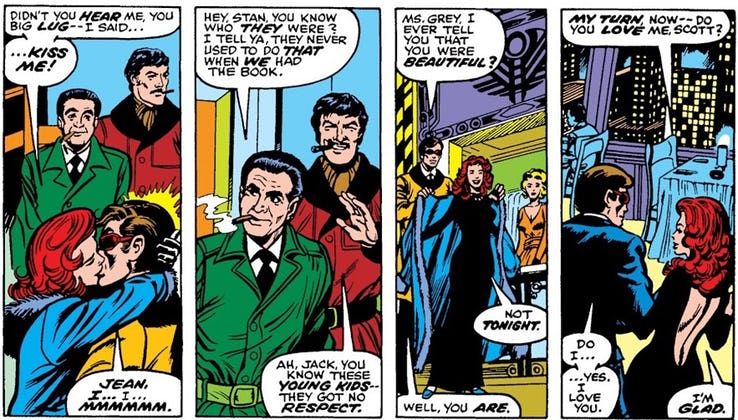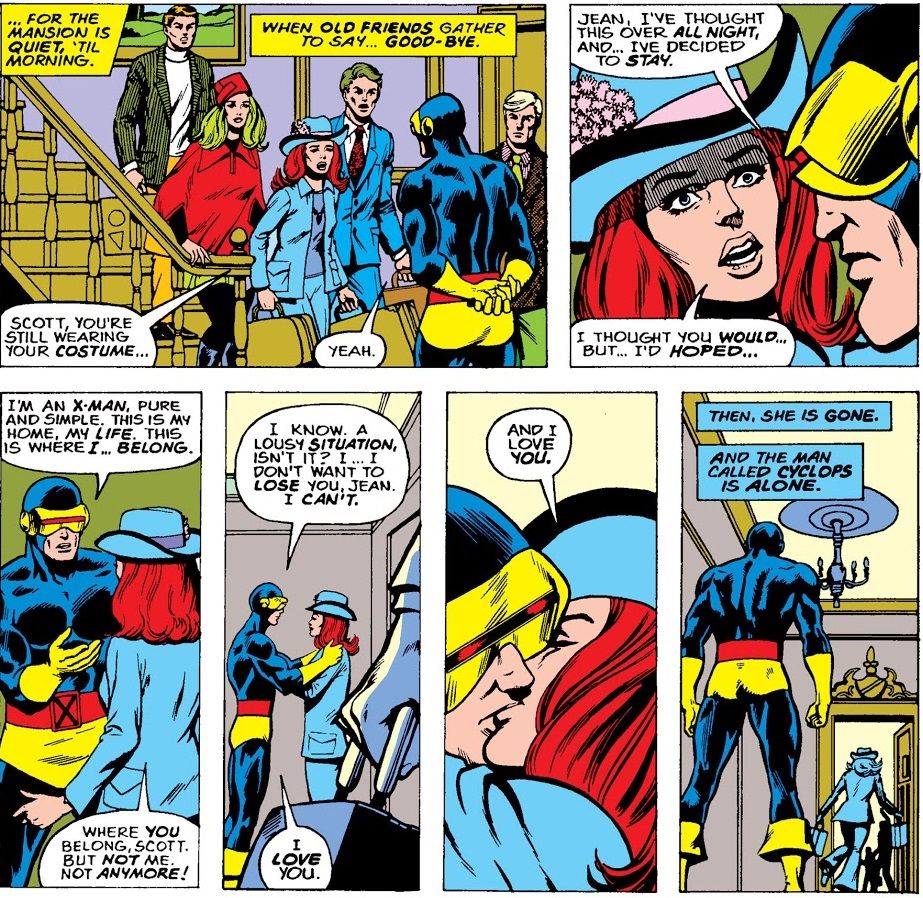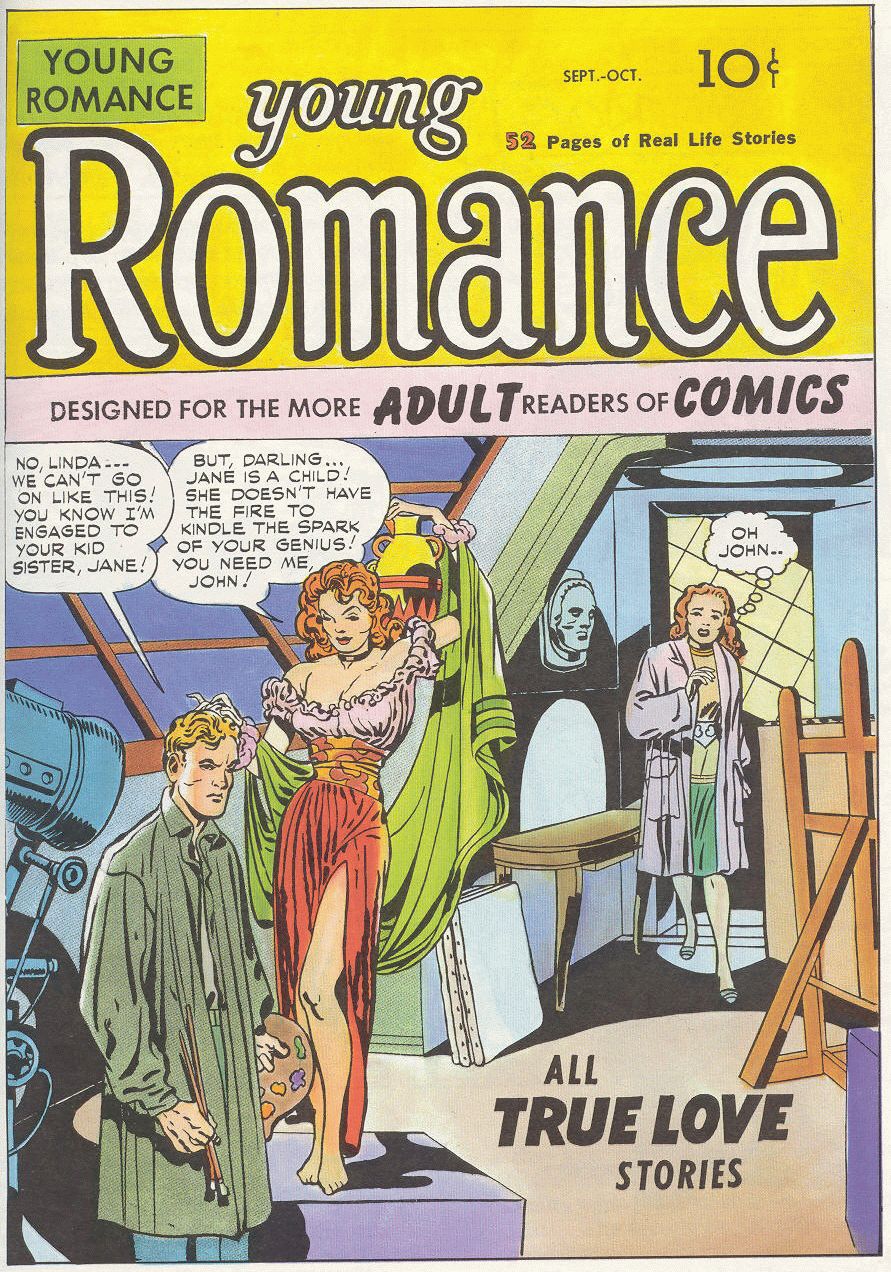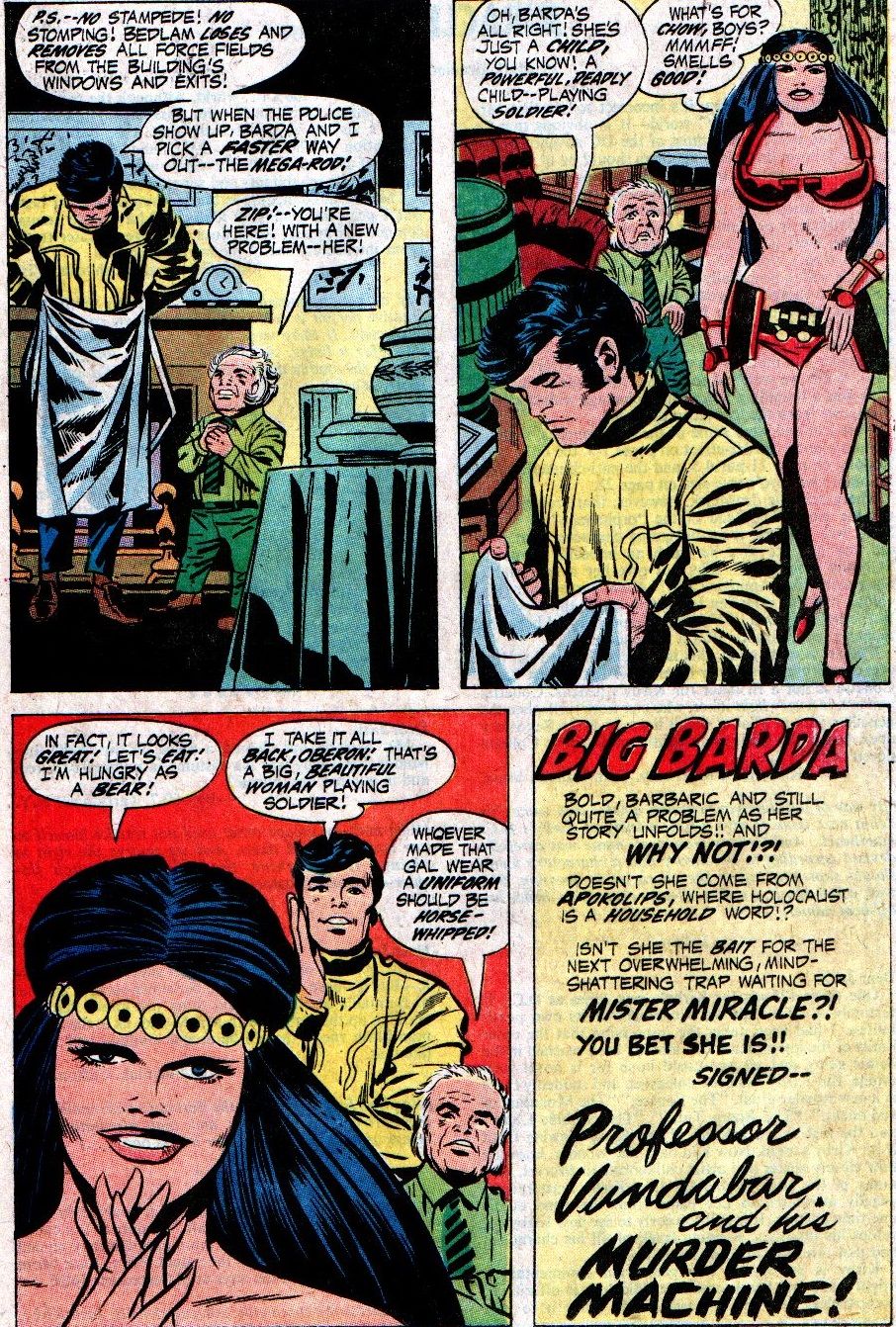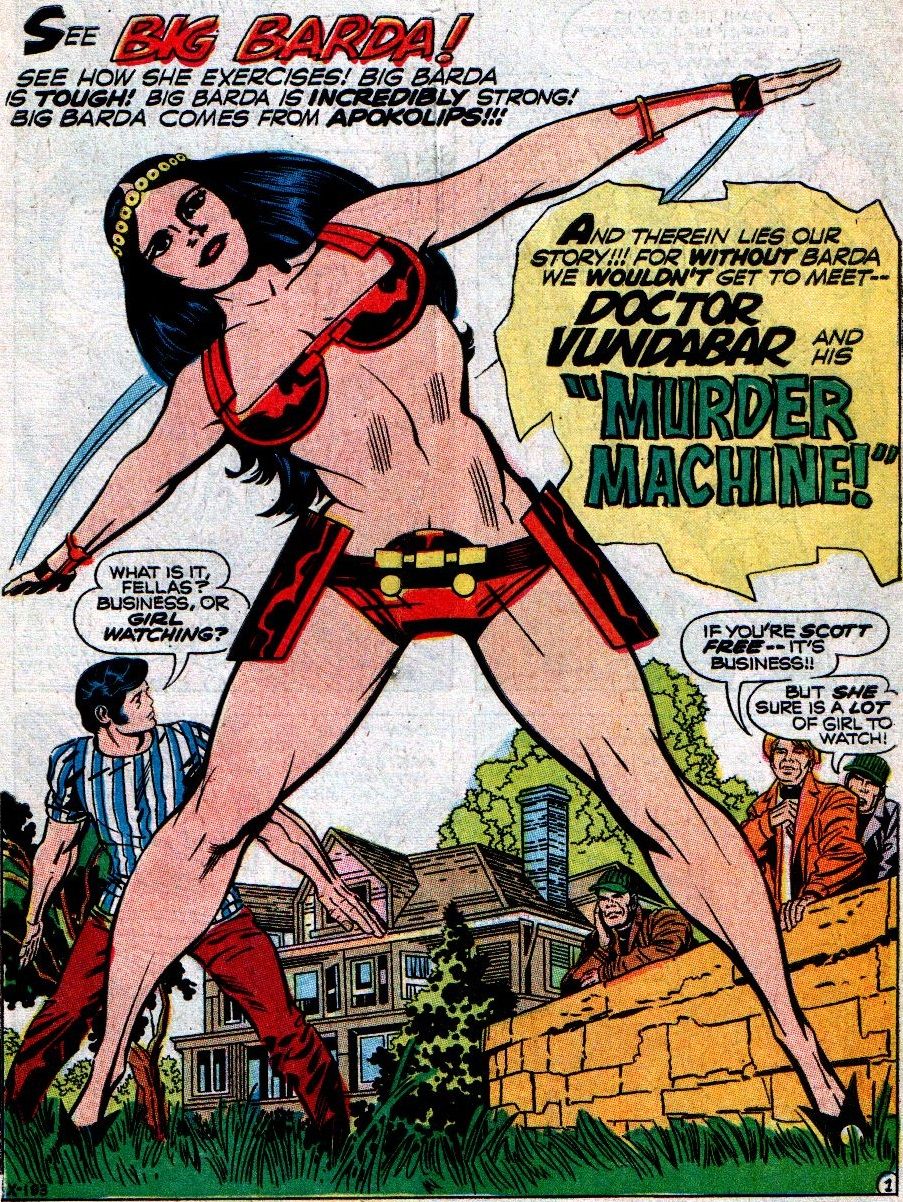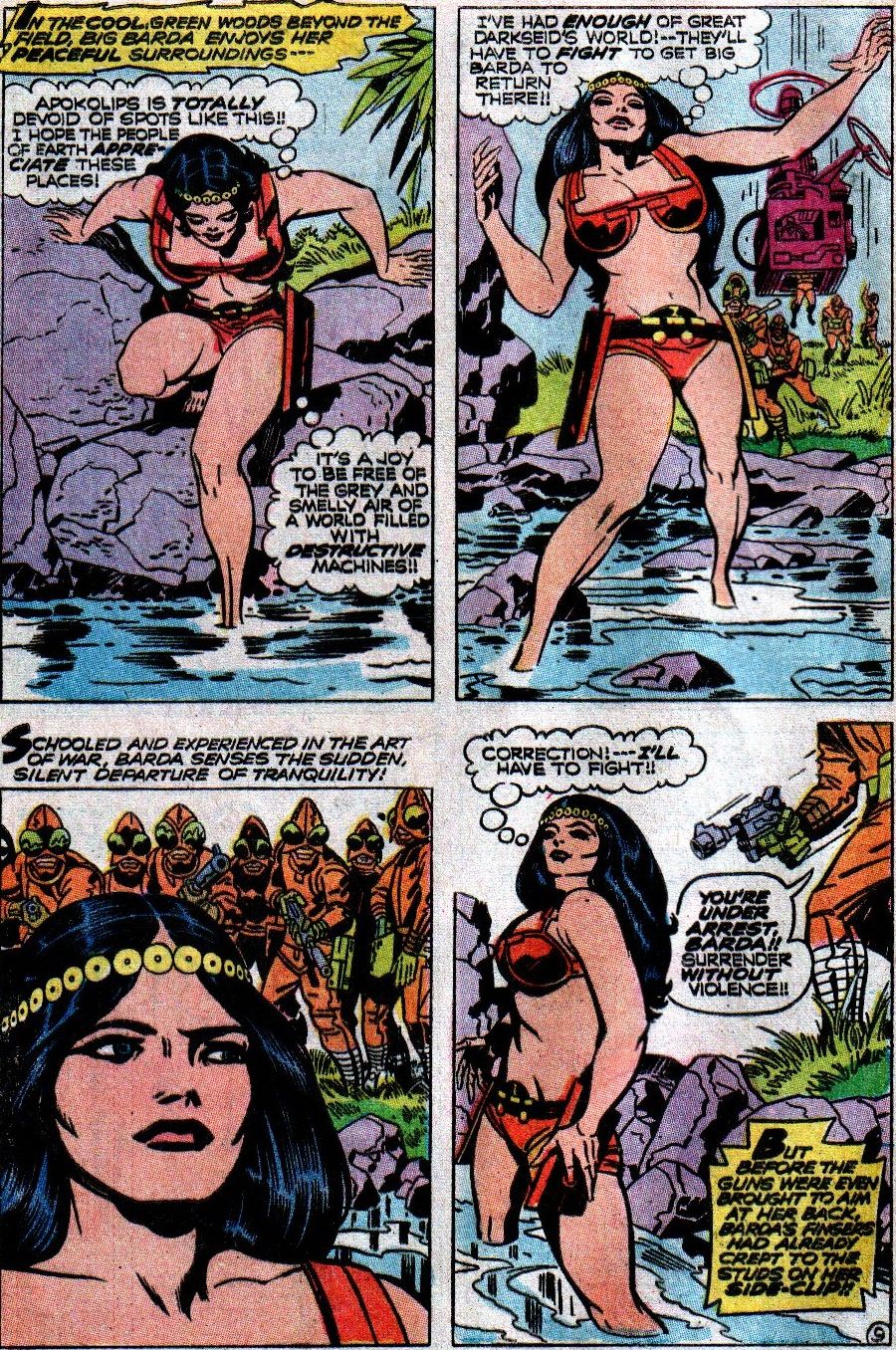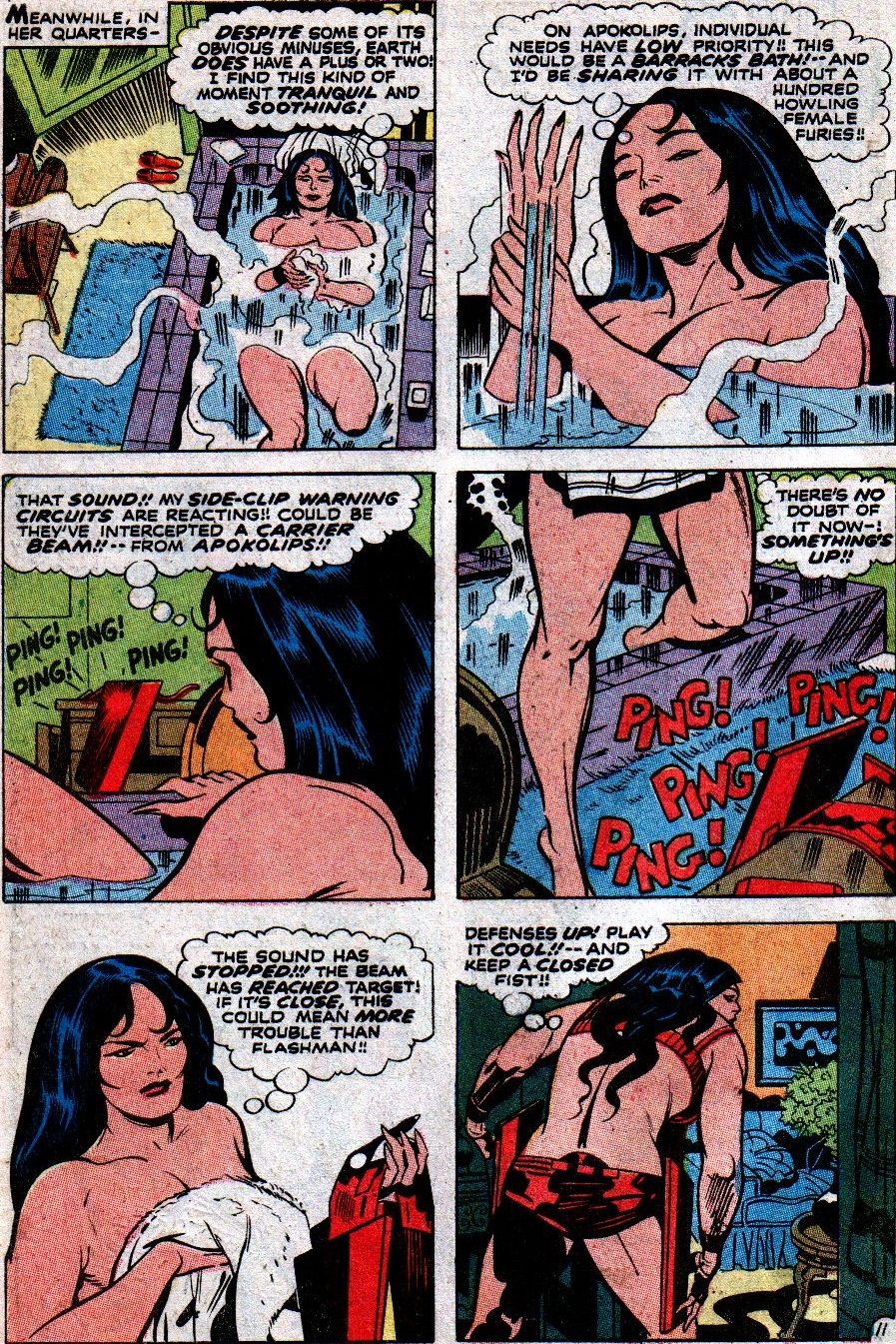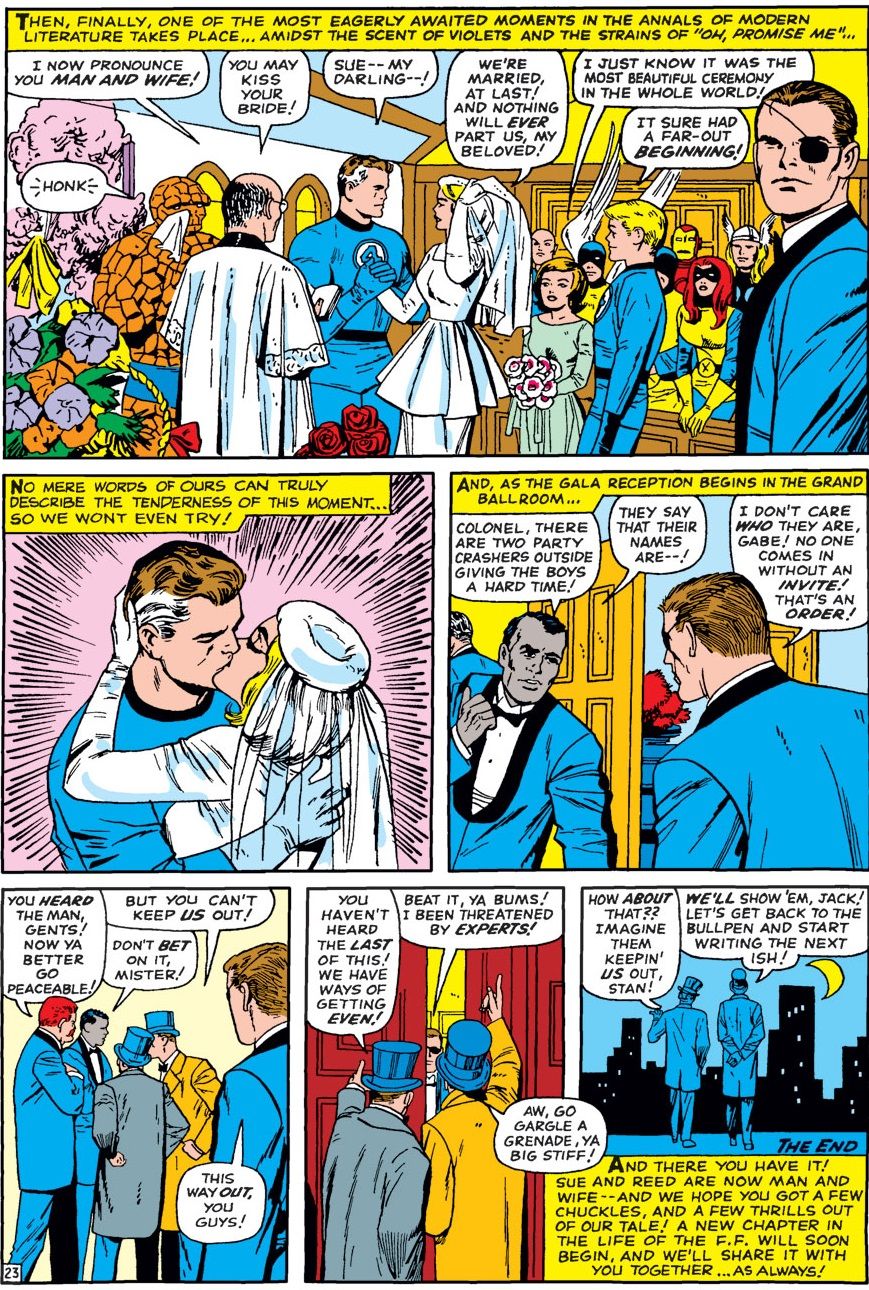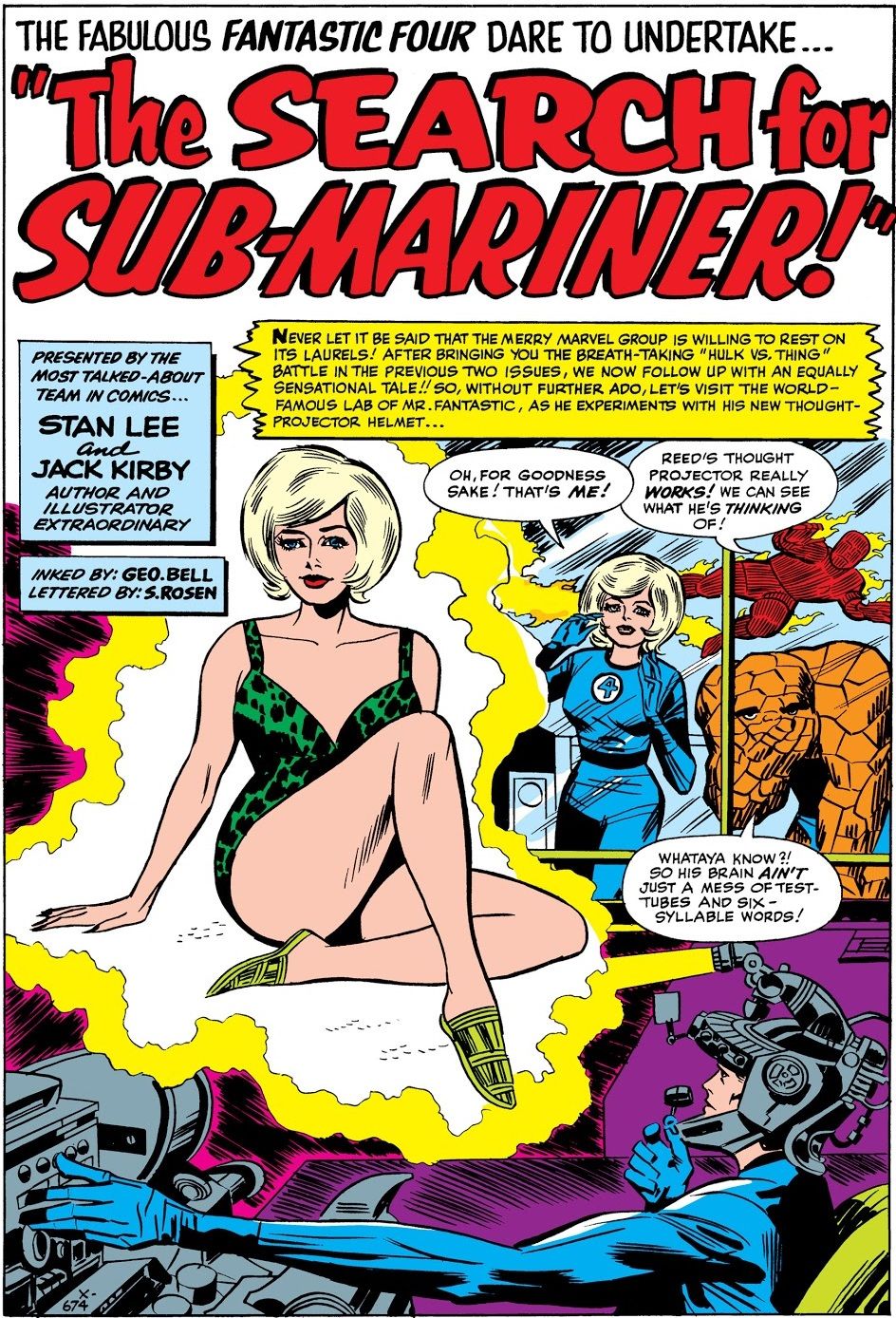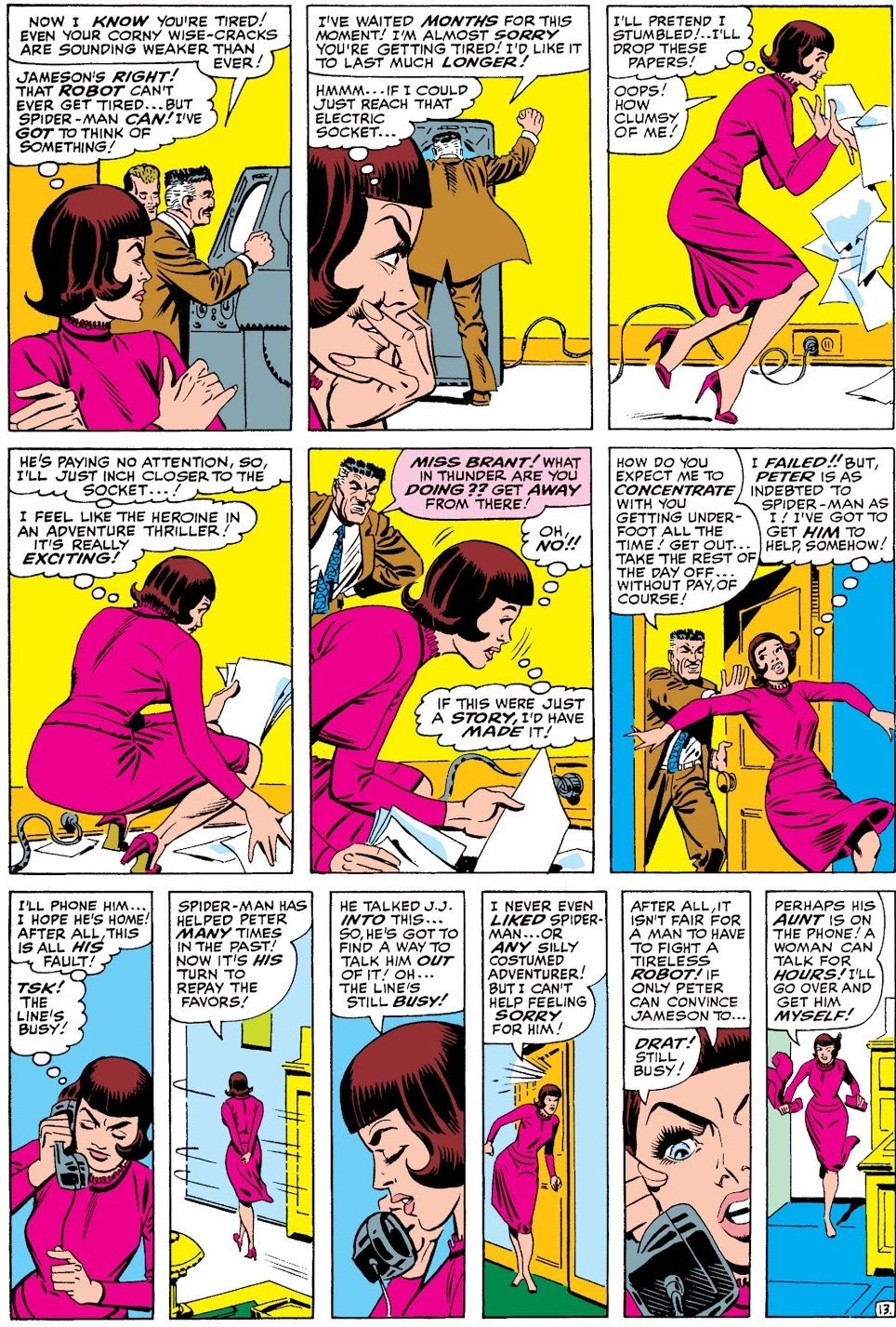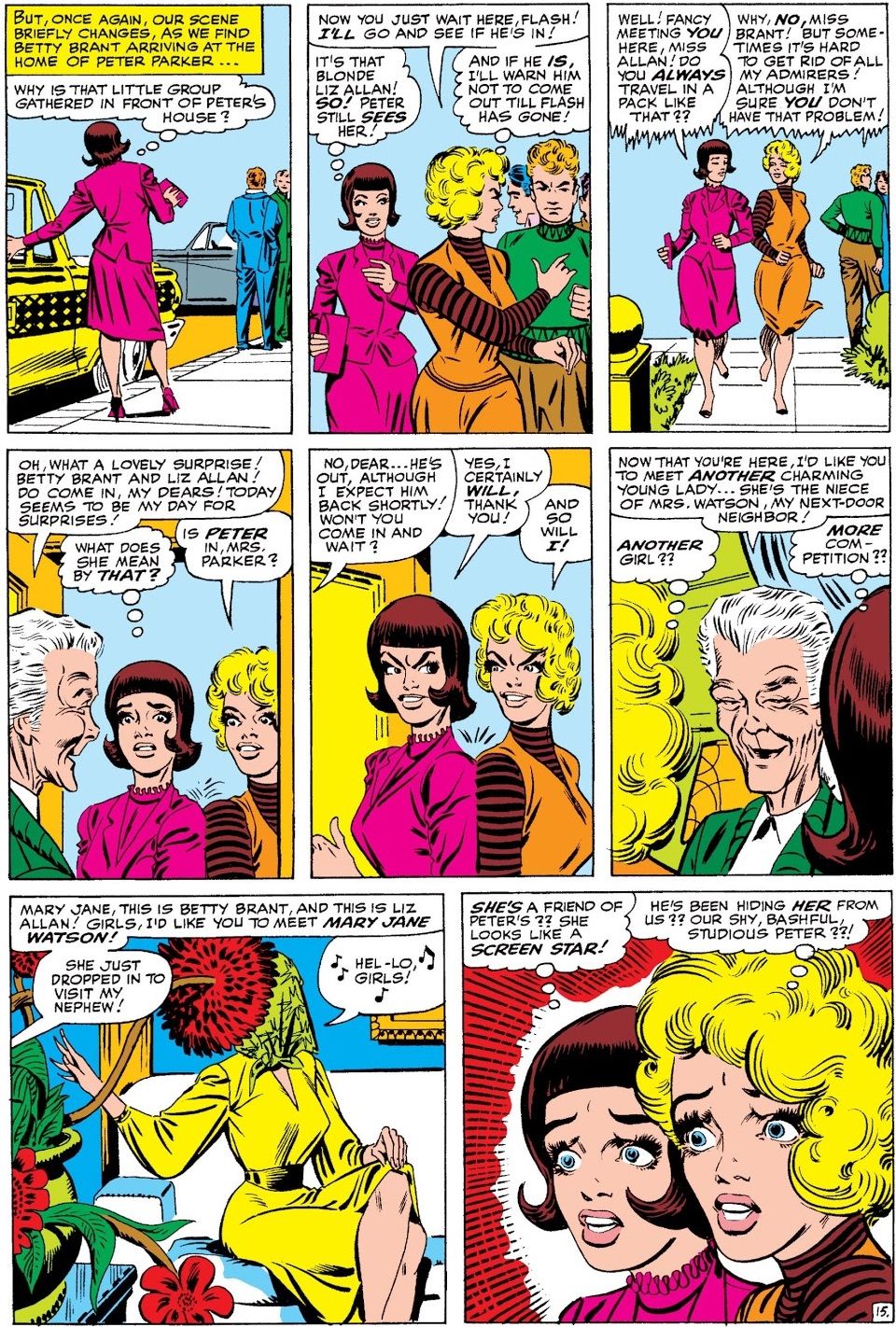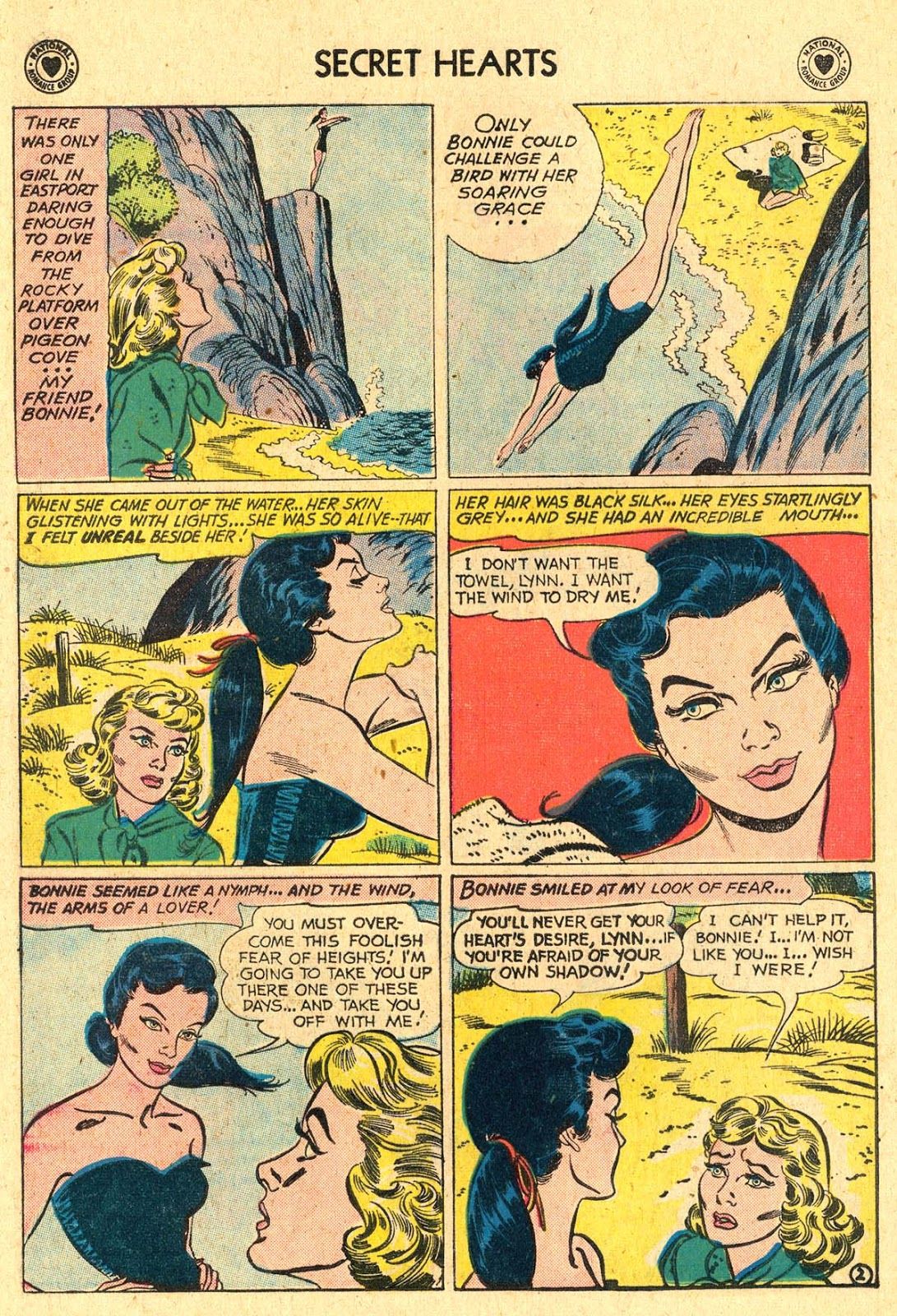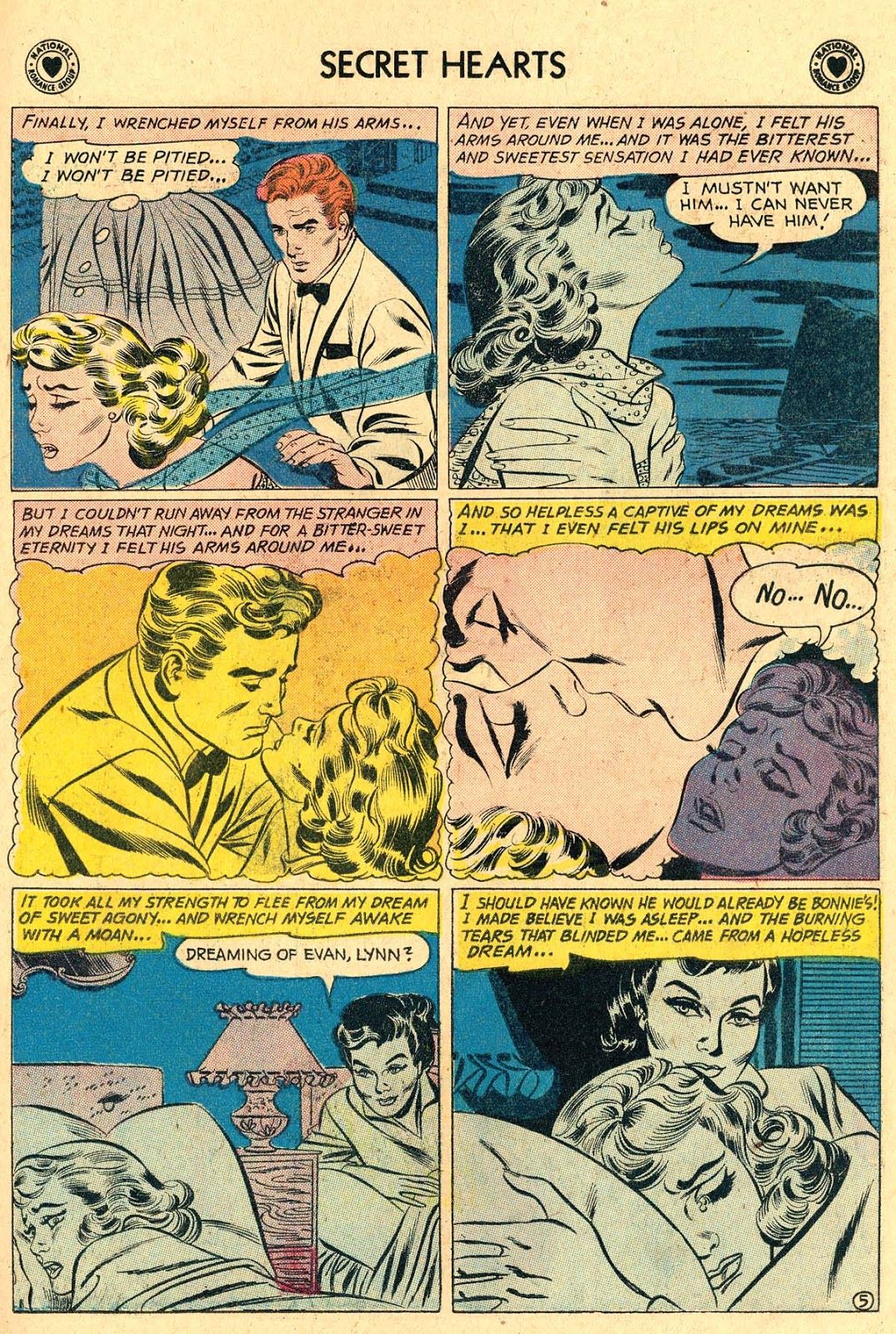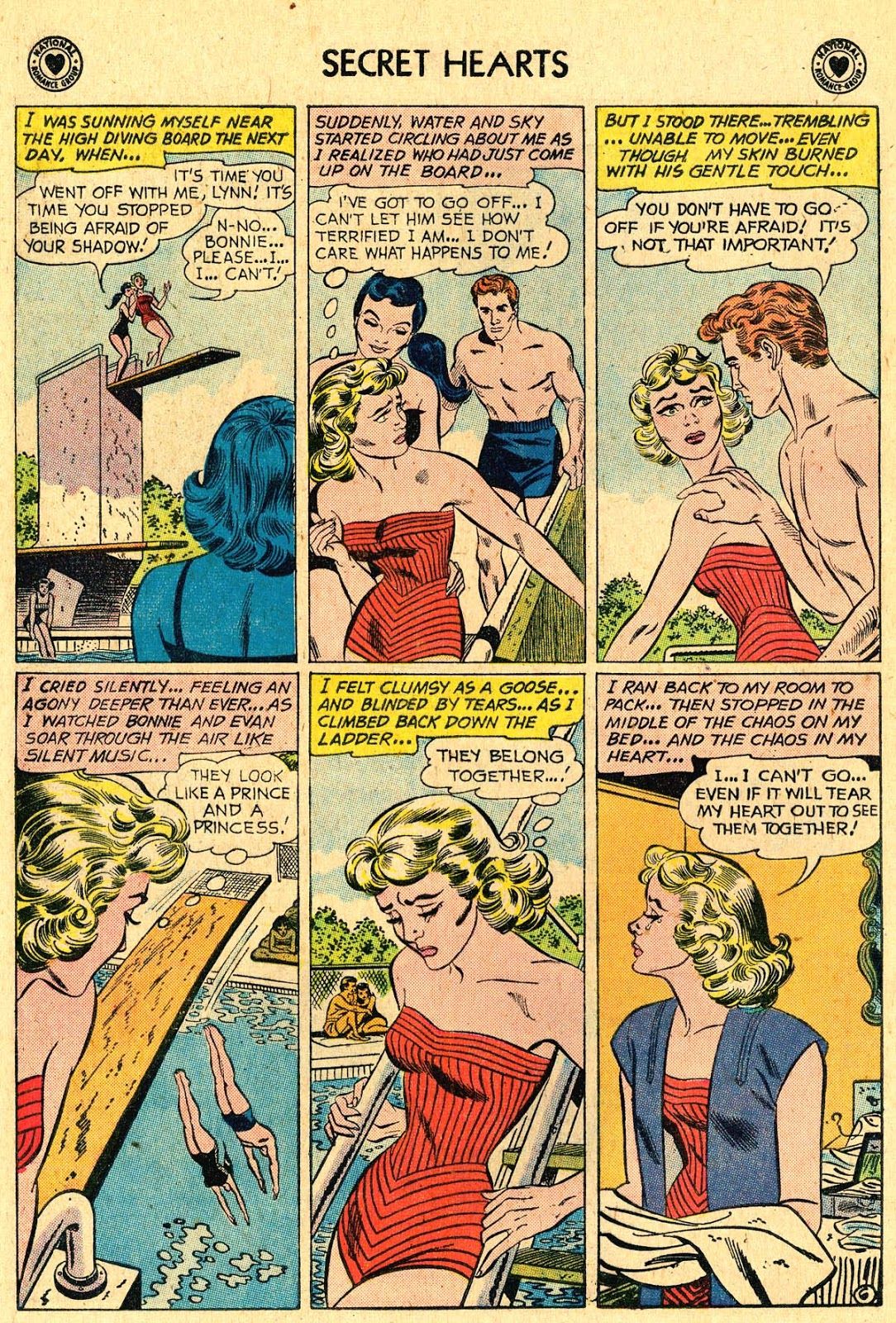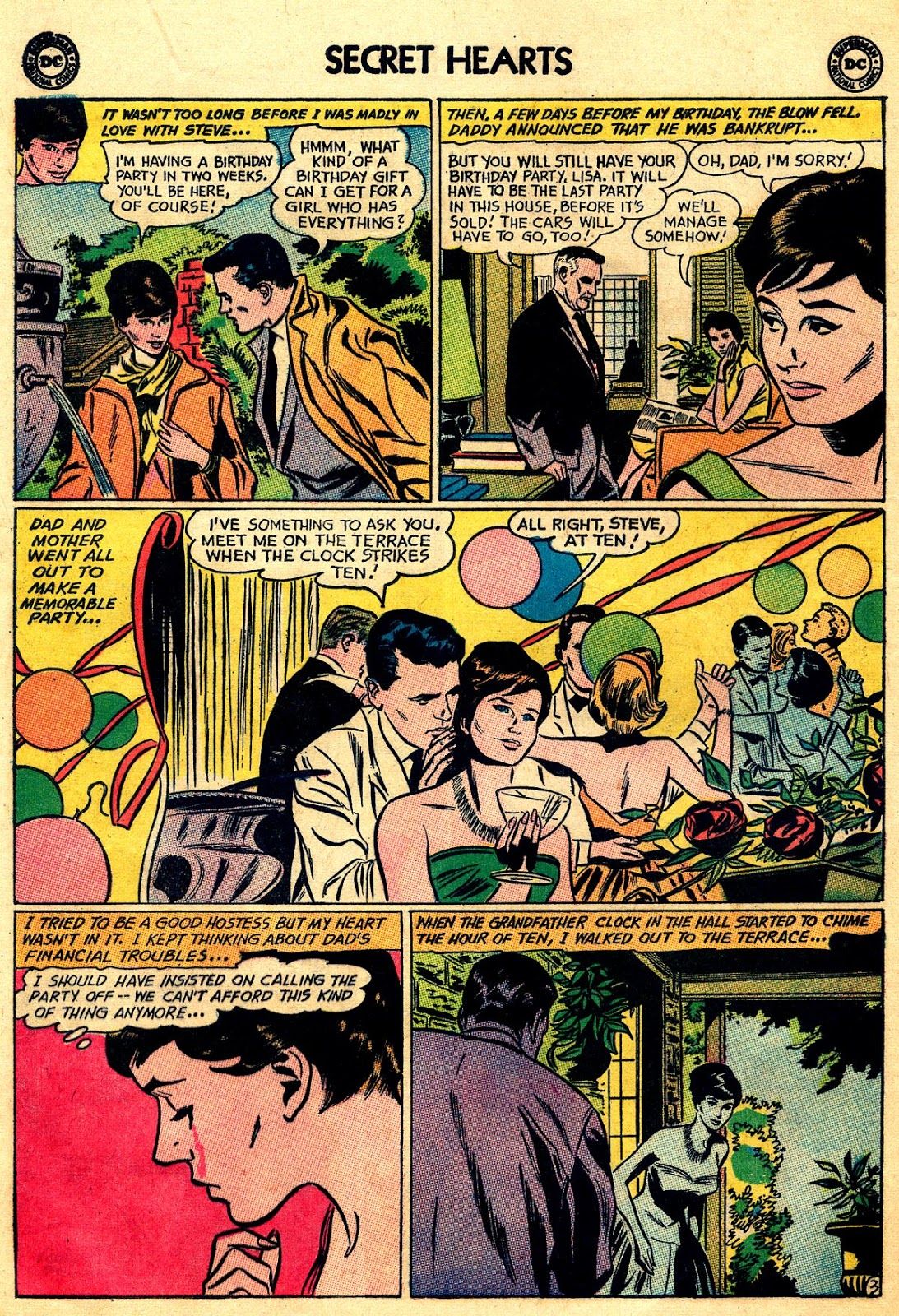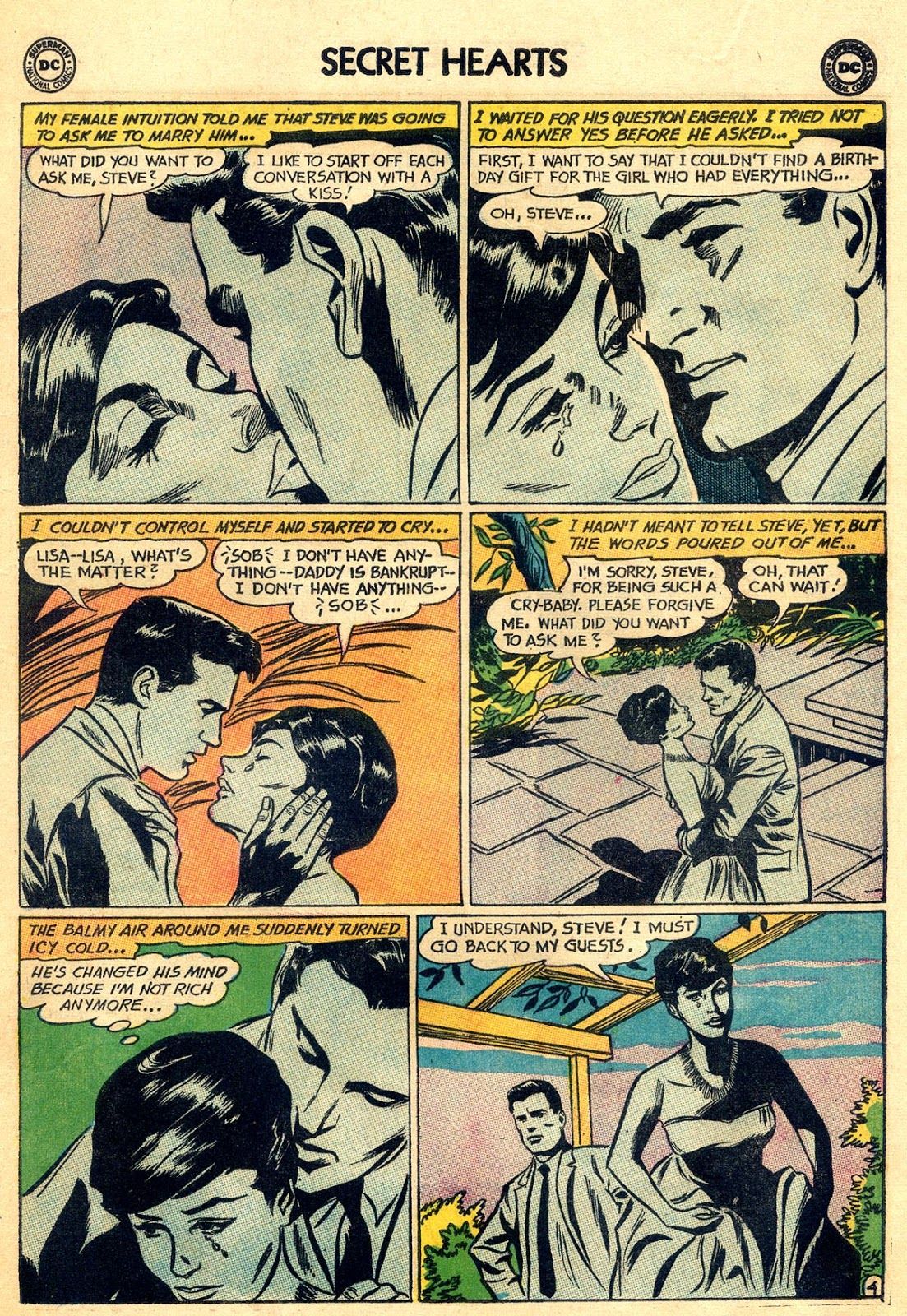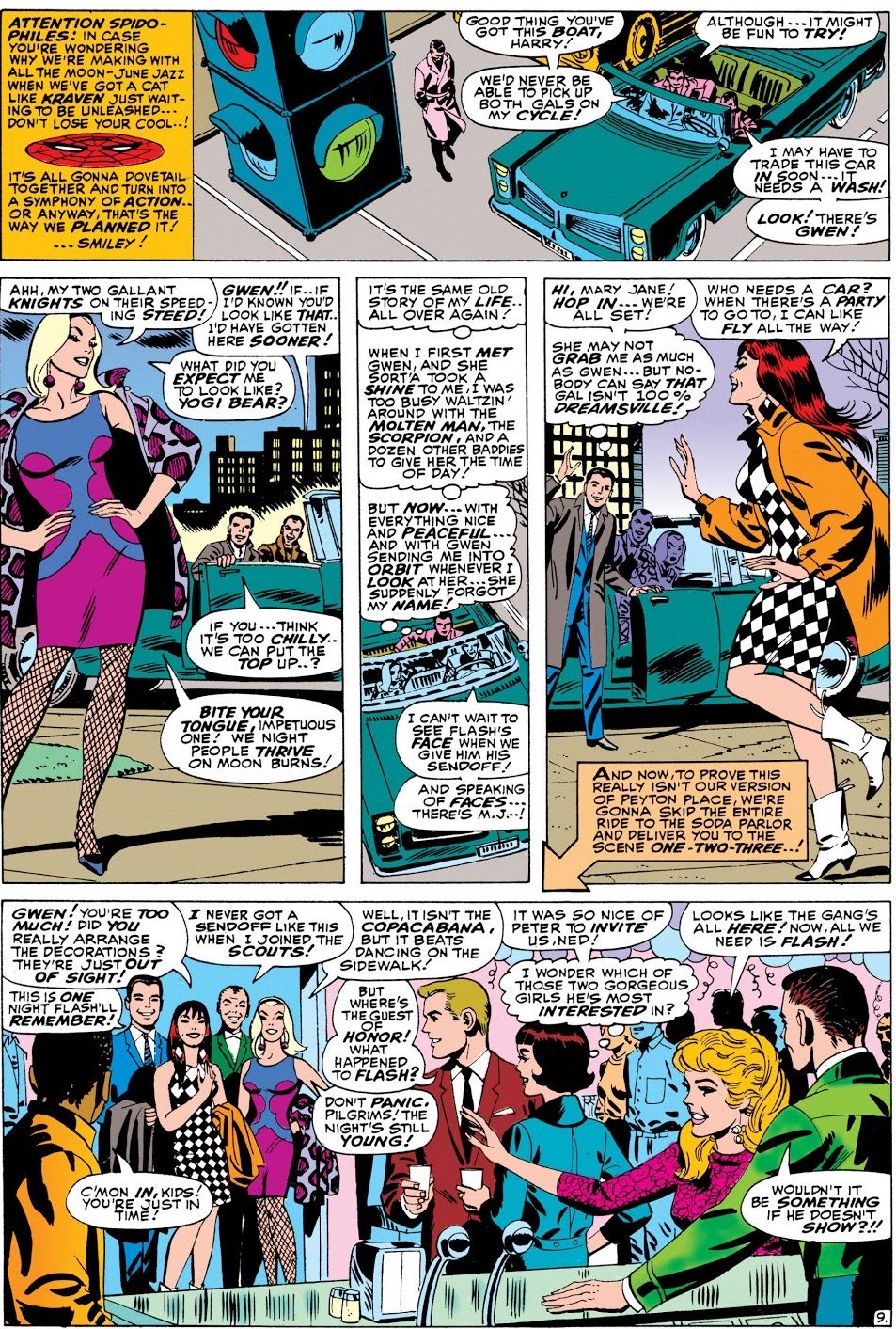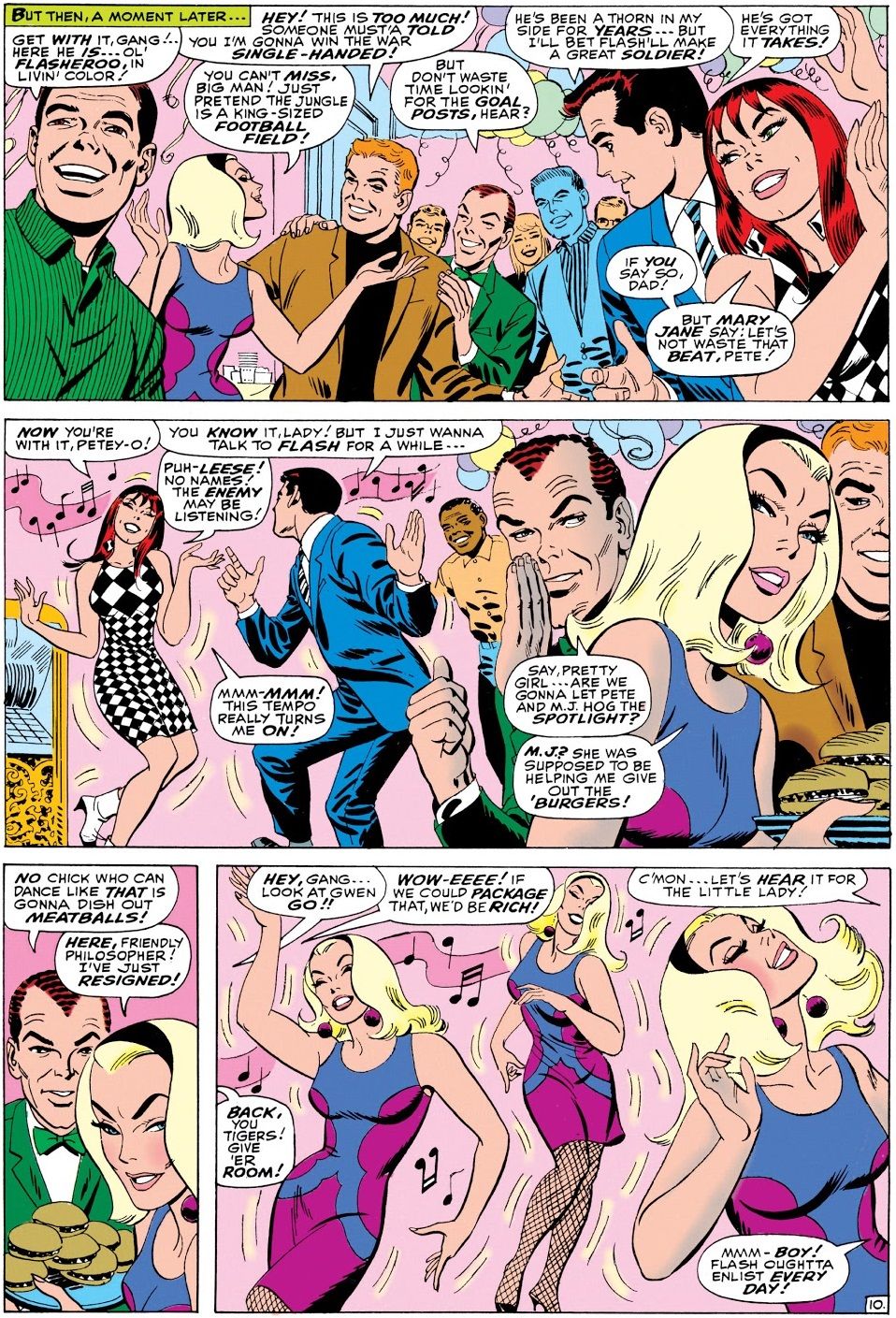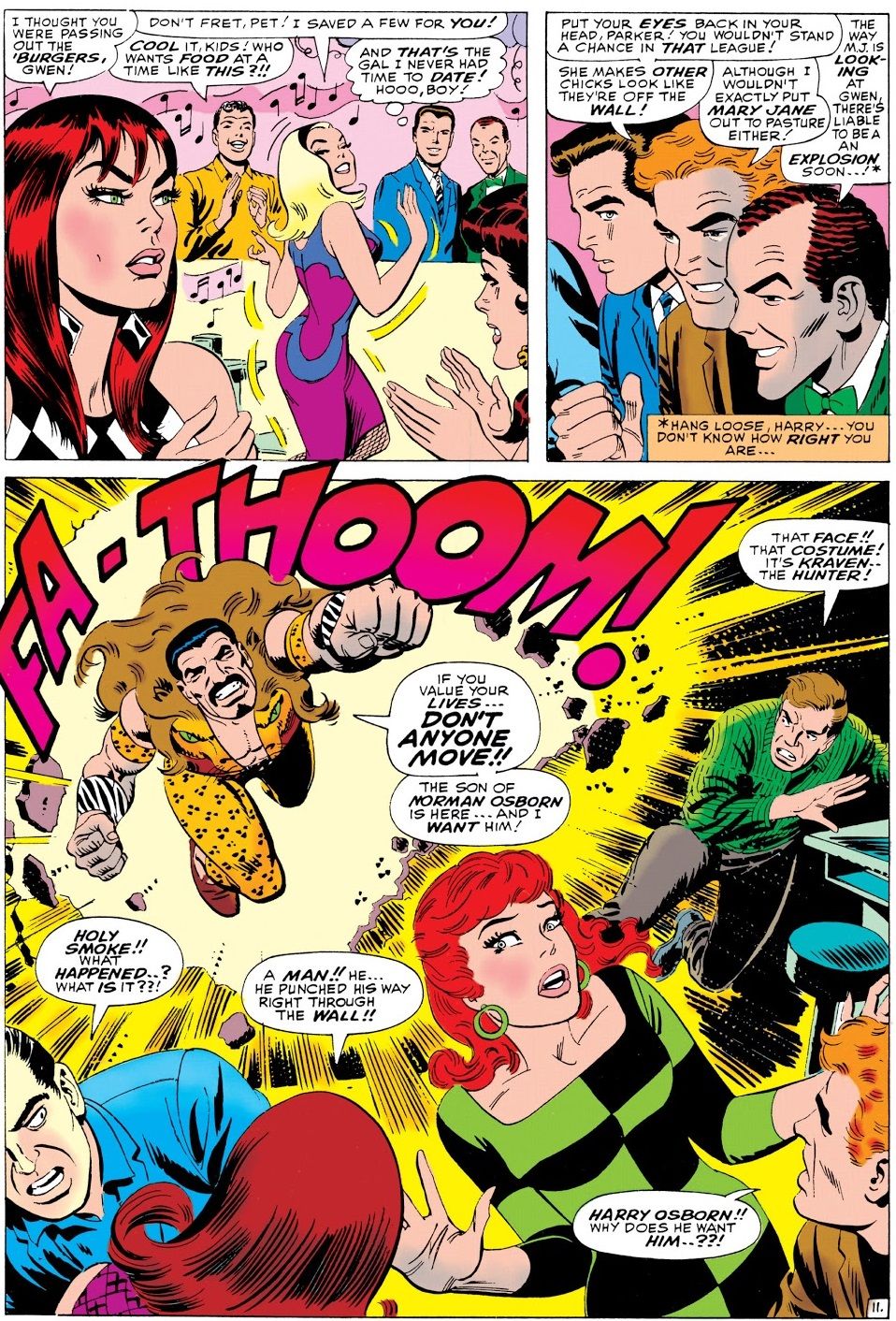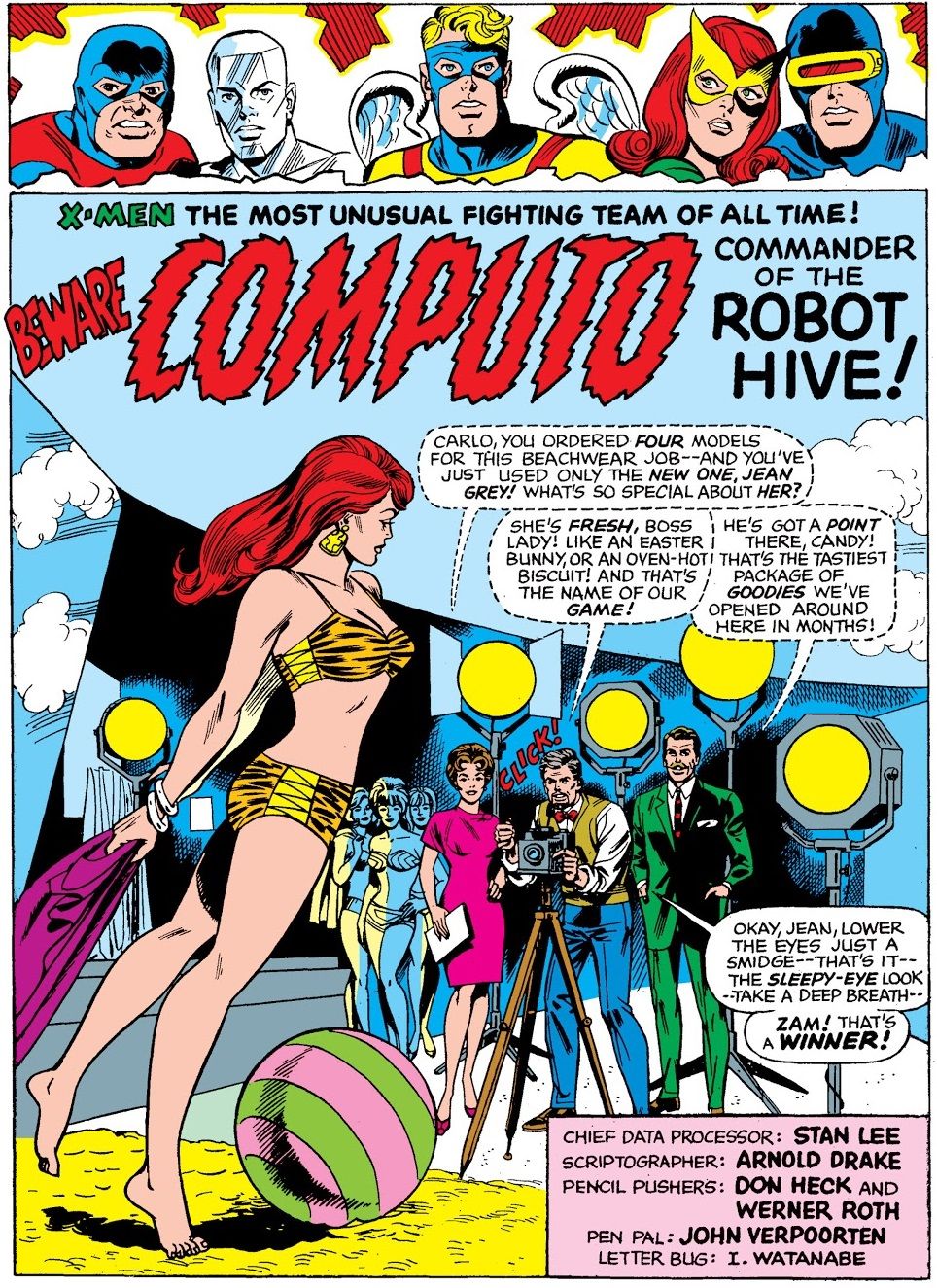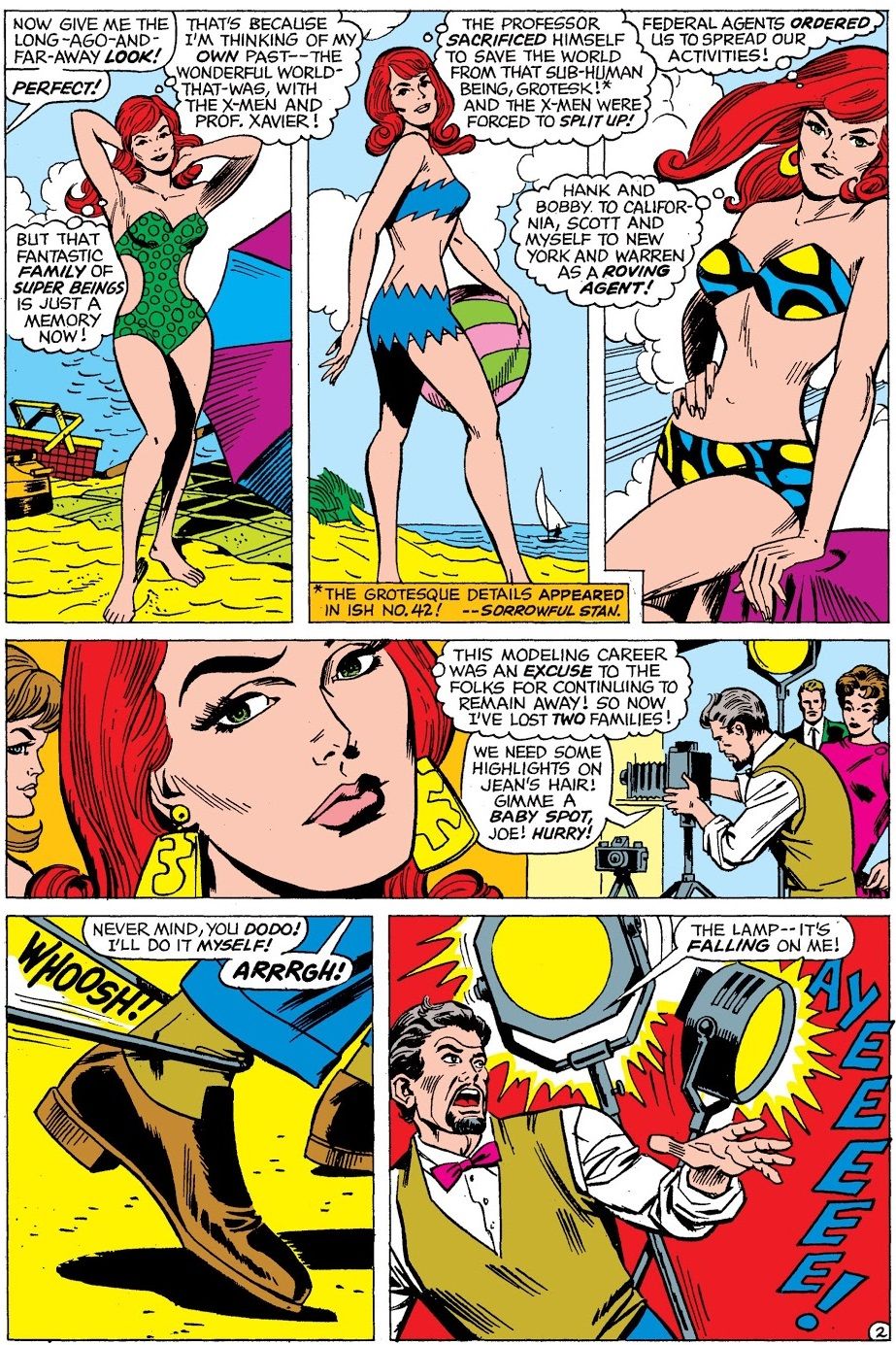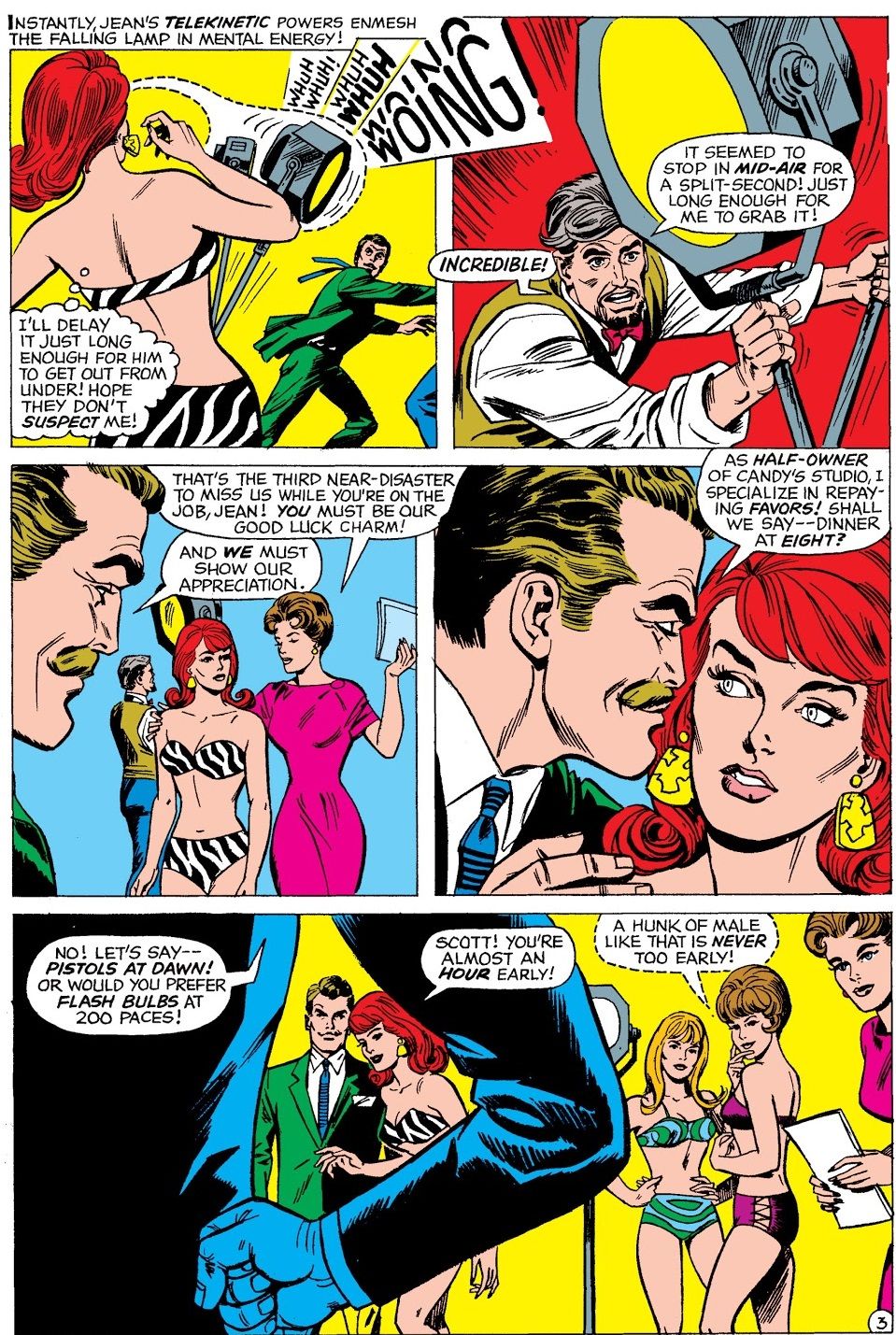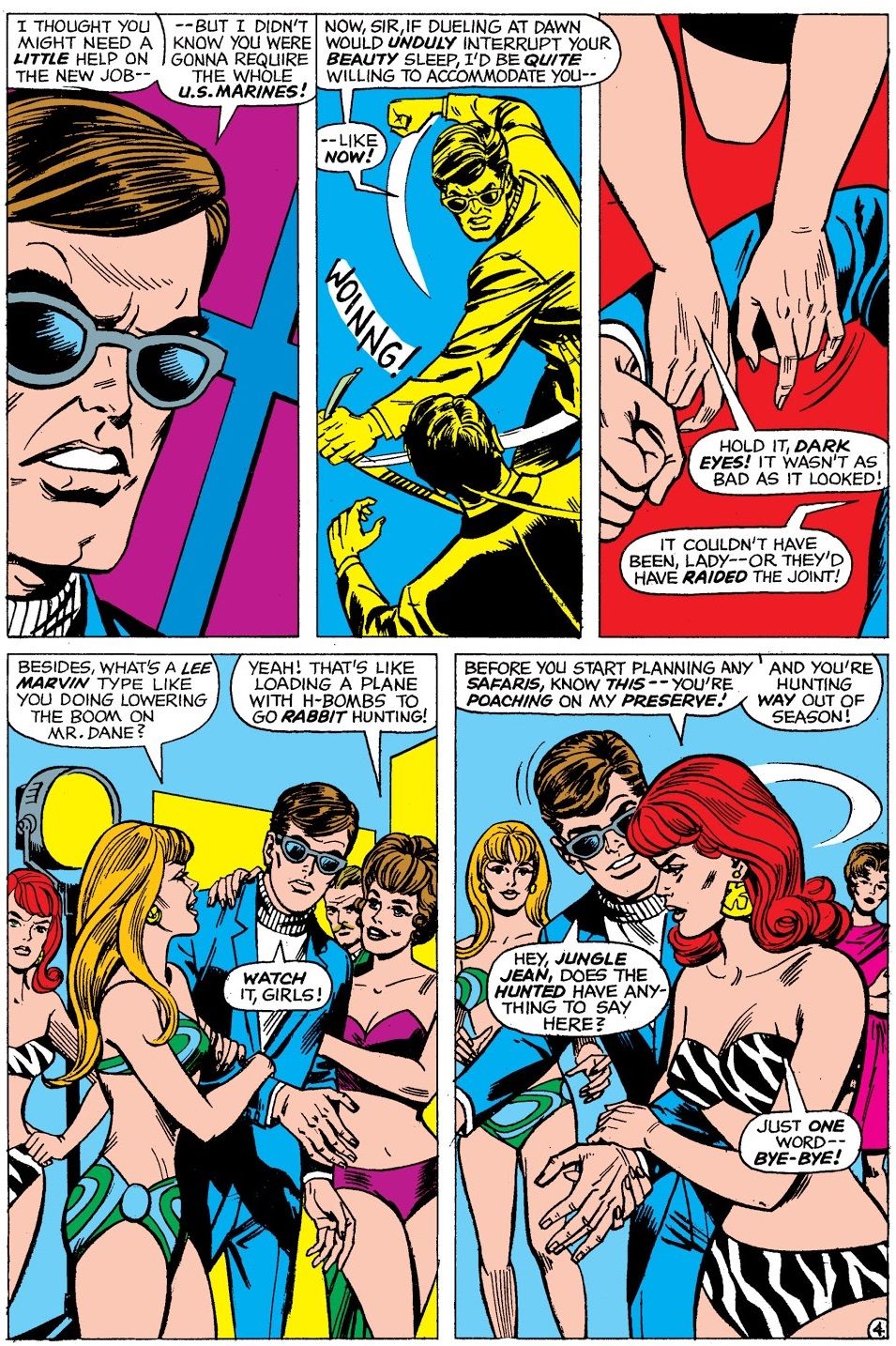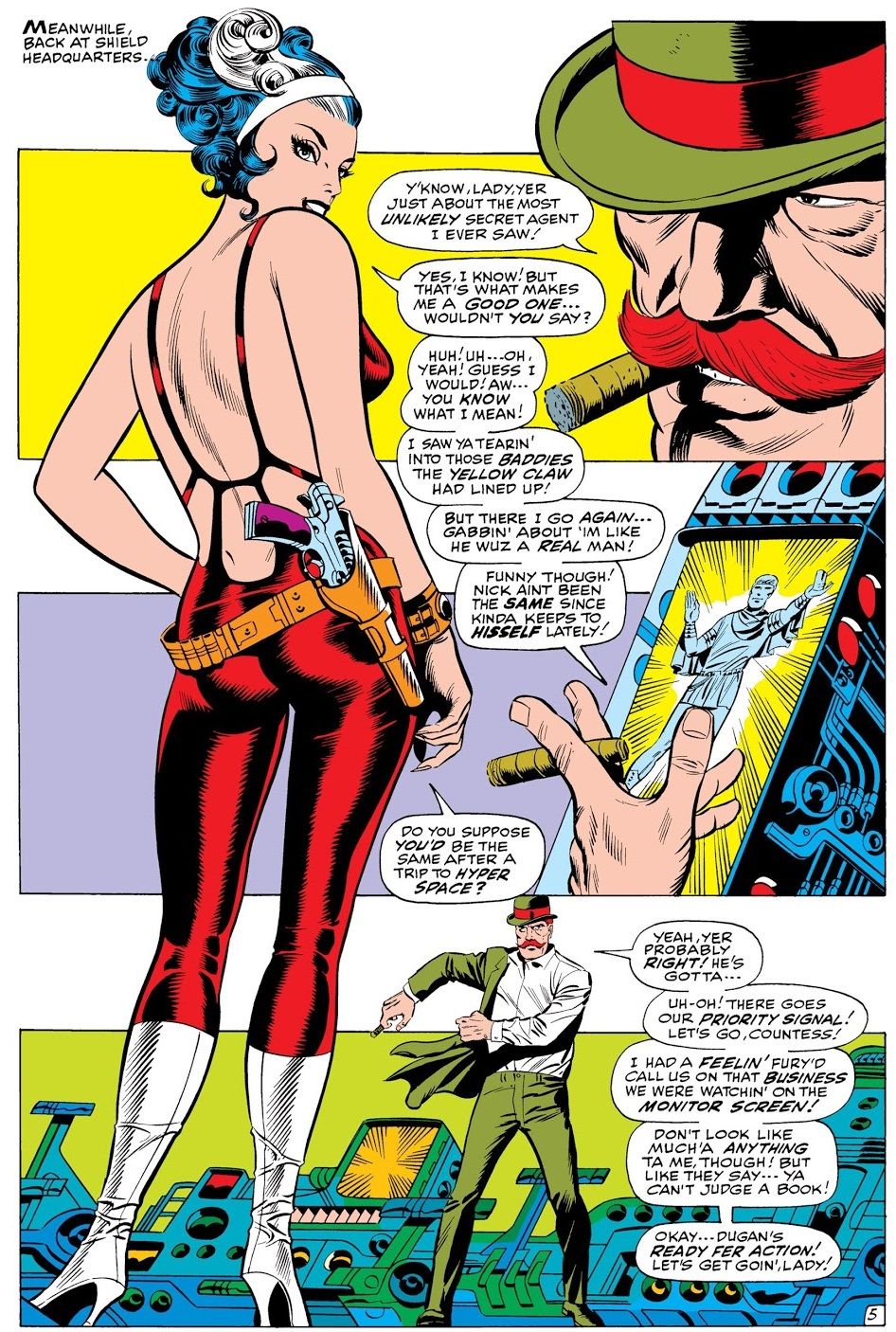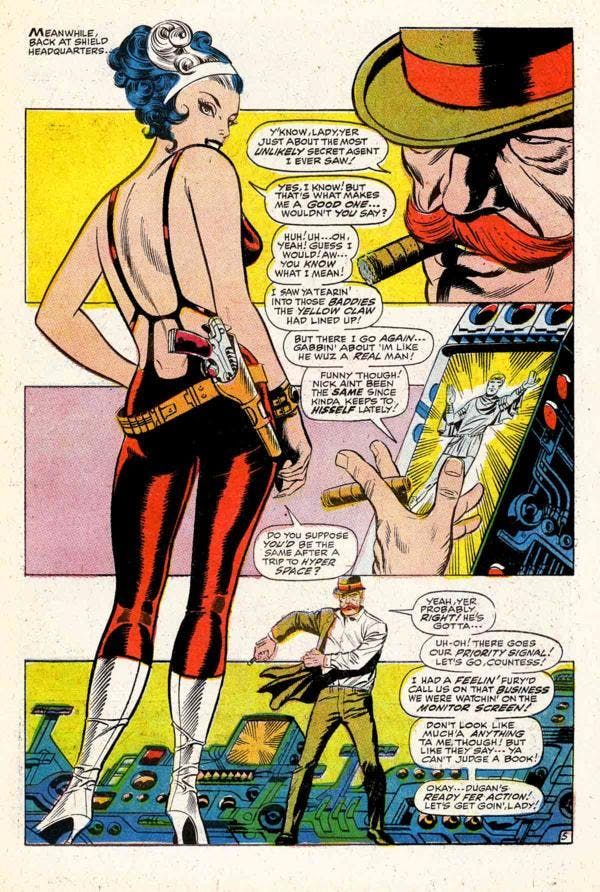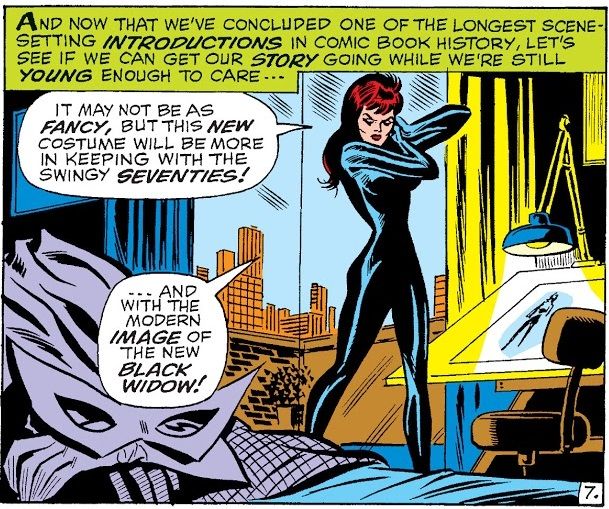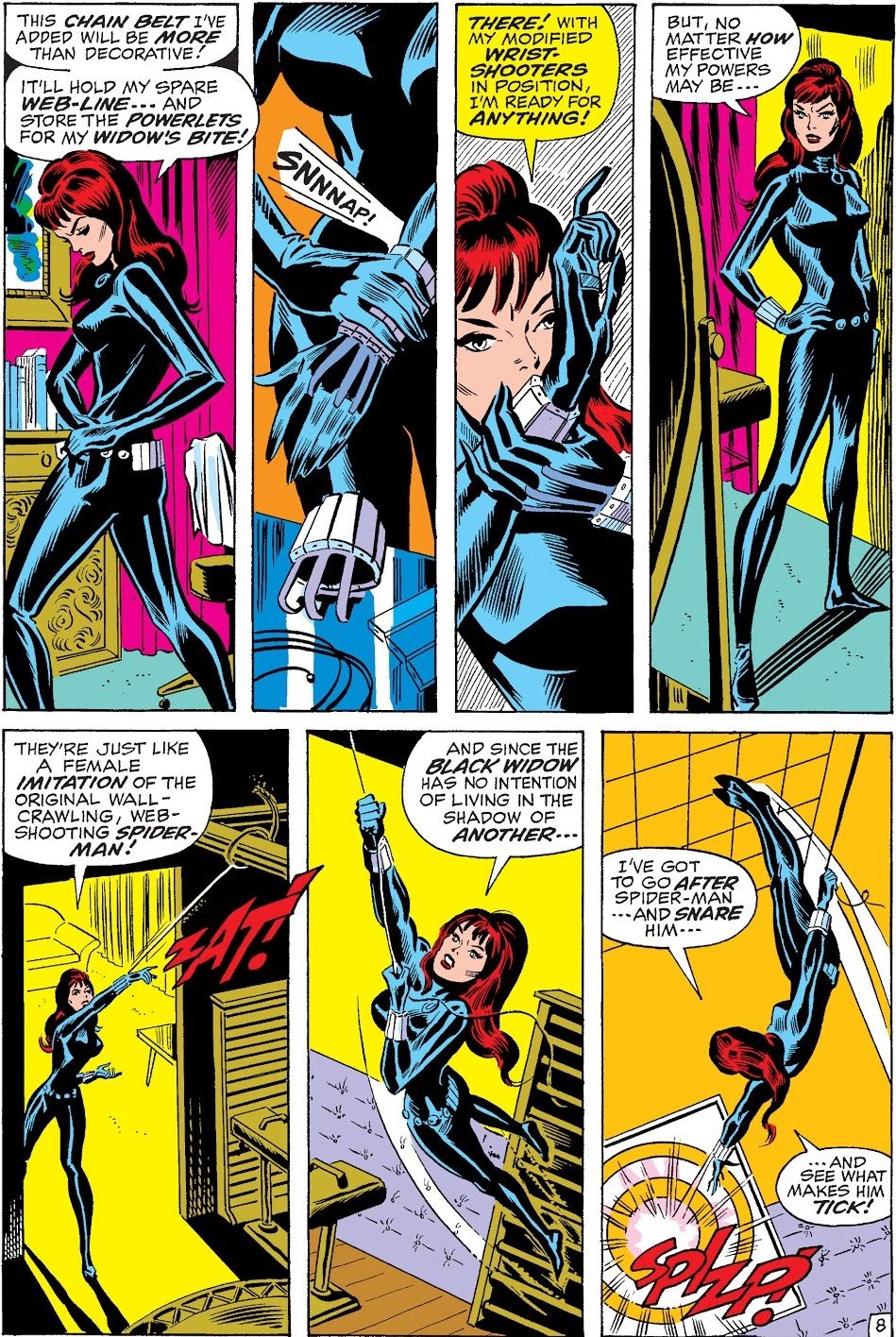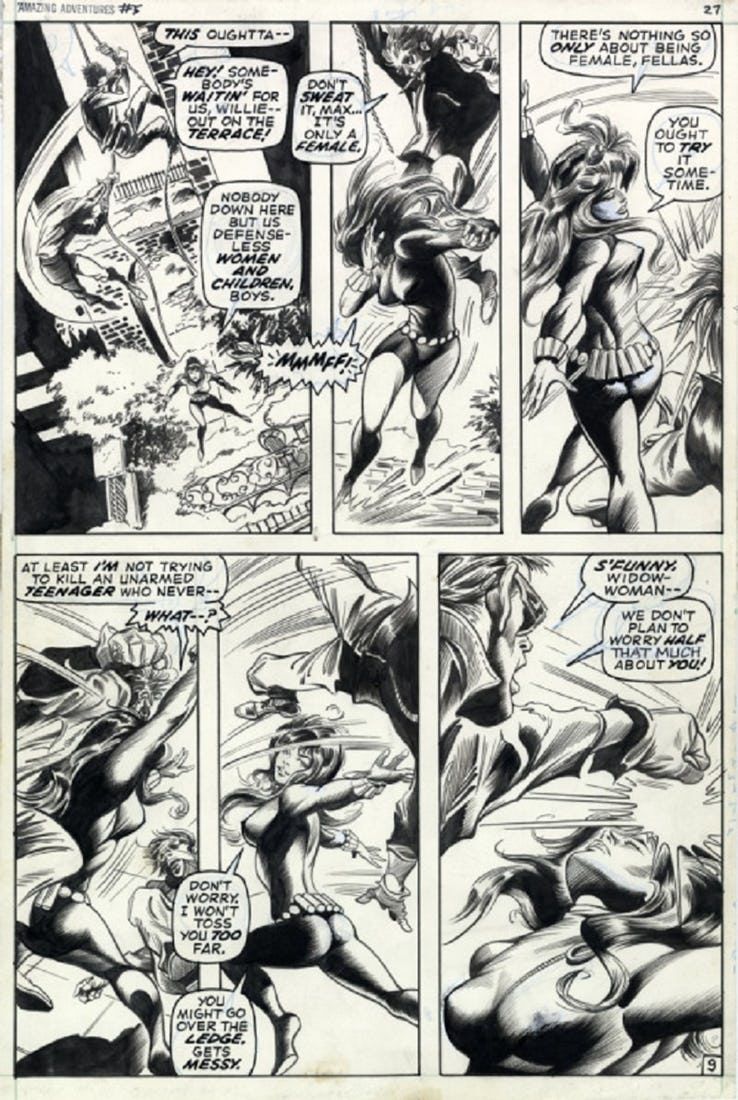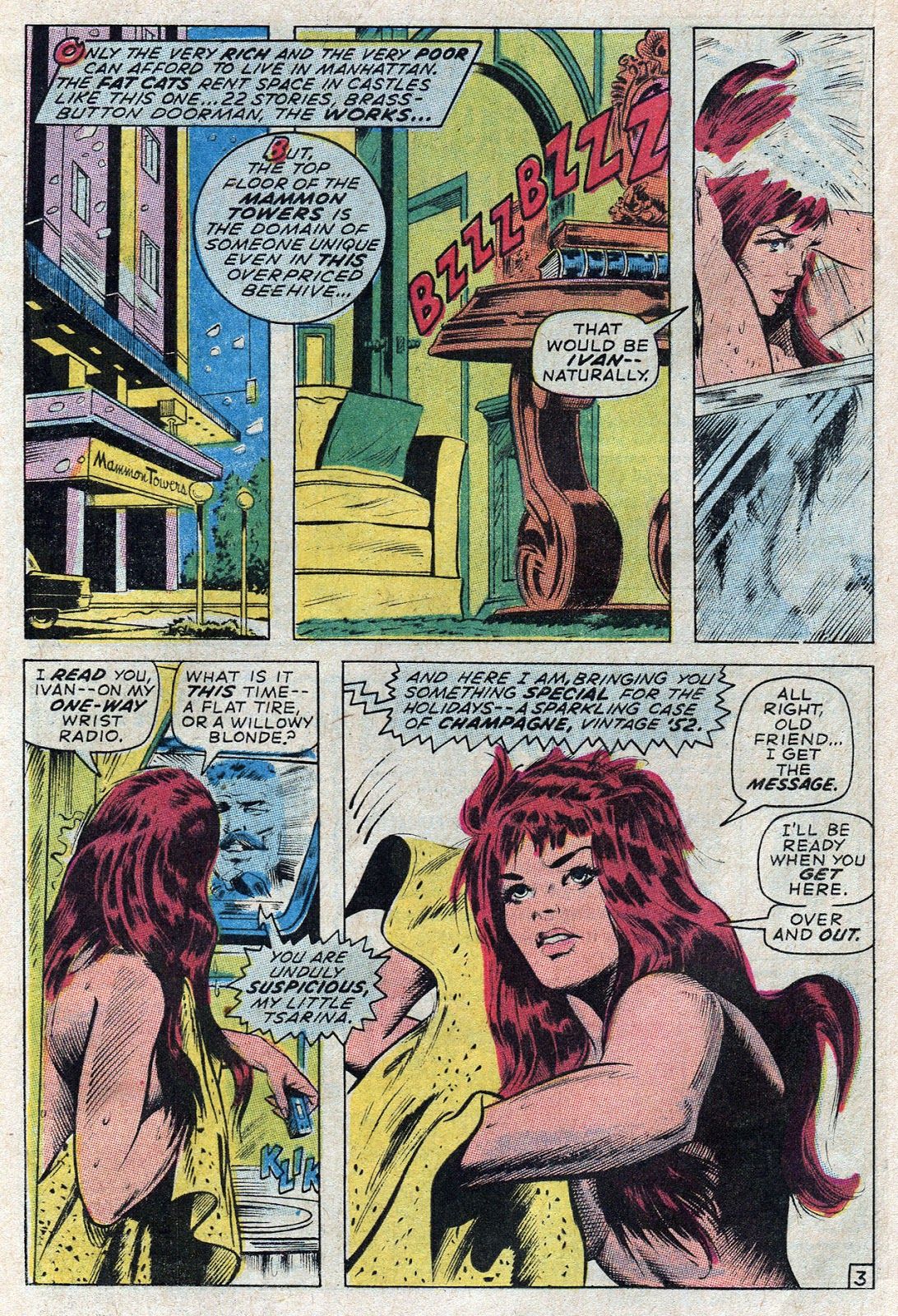Knowledge Waits is a feature where I just share some bit of comic book history that interests me.
A while back, I wrote about how Cyclops and Jean Grey first got together off-panel. In that same column, I noted that Cyclops and Jean Grey did not actually kiss each other until Chris Claremont was writing the series!
In fact, in X-Men #98 (by Claremont, Dave Cockrum and Sam Grainger), Stan Lee and Jack Kirby even make a cameo to make a point about how they would never do stuff like this back when they were doing the strip...
And that was totally right! That was only the second time that Cyclops and Jean Grey had even KISSED in the comics! And the first time was just four issues earlier!
This is because, when the Marvel Universe began in the early 1960s, it was pretty much as chaste as you could get. This was clearly something that Stan Lee was pushing from an editorial perspective, as it wasn't like Marvel did not have artists who could draw sexy situations.
For instance, Jack Kirby (along with his partner of the time, Joe Simon) literally CREATED the romance comic book in 1947!
And obviously, Kirby famously drew some very sexy characters over the years, like Big Barda in Mister Miracle...
So it's not like Jack Kirby couldn't do sexy. However, that just wasn't what Marvel Comics was about at the start of the decade.
For instance, the first time that Mister Fantastic and Invisible Girl shared a kiss was in 1965 at their wedding in Fantastic Four Annual #3!
By far the steamiest panel in the first few years of Kirby and Lee's Fantastic Four was when Reed Richards has a thought projecter in Fantastic Four #27 and he imagined Sue in a bathing suit...
Meanwhile, unlike Kirby, Steve Ditko was never exactly known for anything steamy and so it made perfect sense for Amazing Spider-Man to be filled with some of the most chaste love triangles you could ever imagine, like this bit from Amazing Spider-Man #25...
I think Ditko gets a bit of a bum rap for how he drew women, but it was obviously not something that he was particularly known for.
In the 1950s, Marvel Comics went into a major sales slump and then, due to a problem with their distributor, nearly went out of business later in the decade. Almost all of their artists had to go find other work, with Jack Kirby and Steve Ditko being the main artists at the revamped, lean Marvel.
Some of Marvel's artists found work at DC Comics, which had a very prominent selection of romance comics during the 1950s and 1960s. Romance comics, naturally, tended to be a bit more on the steamy side of things than your standard superhero comic book. All Comics Code approved, of course, but someone like John Romita certainly could do "sexier" things with these comics than he ever could with superhero work.
Here's a sample John Romita romance story from 1960...
Unlike Romita, Gene Colan started at DC Comics. Here's a Colan romance story from right before Colan went to work for Marvel...
As Marvel became more and more successful, though, they began to bring back the artists who had to go find work at DC and Marvel even began to lure in artists who had ONLY worked for DC to this point. Some of these romance artists then brought that style over to Marvel.
Page 2: [valnet-url-page page=2 paginated=0 text='Romita brings the romance with him!']
In 1966, John Romita took over art duties on Amazing Spider-Man after Steve Ditko left the series. Originally, Romita drew the book in the style of Ditko, but eventually, Romita realized that Ditko was not returning and so Romita could reshape the book as he saw fit, and the way he did so was by bringing that romance comic vibe into the series and suddenly, Amazing Spider-Man became a pretty "sexy" comic book out of nowhere! Beyond his romance background, Romita was likely also bringing in the Archie Comics approach, as well. Archie Comics has always been an ostensibly "wholesome" comic book company, but they also had artists like Harry Lucey and Dan DeCarlo who loved to push the envelope as much as they could in the romantic adventures of Archie and his "gals," Betty and Veronica.
Already, Romita had changed the series by introducing the design for Mary Jane Watson, a sexy breath of fresh air to the series.
However, in 1967's Amazing Spider-Man #47, Romita then took on Gwen Stacy and suddenly Peter Parker had his own Betty and Veronica situation going on...
Can you even IMAGINE that scenario taking place during the early years of Amazing Spider-Man?
Once Romita broke free in the pages of Marvel's most popular title and things went okay, then suddenly this sort of thing began to pop up more and more in Marvel Comics throughout 1968.
Don Heck and Werner Roth, both former DC Comics romance artists themselves (well, Roth was, Heck actually didn't do a DC romance story until he was already working for Marvel Comics in the mid-1960s), showed Jean Grey as a bikini model in 1968's X-Men #48...
A relatively new member of the Marvel ranks, Jim Steranko, also tried to push things in 1968 in the Nick Fury, Agent of SHIELD feature in Strange Tales.
Nick Fury was filled with sexual tension and lots of sexy outfits. In this bit from Strange Tales #168...
Marvel editorial originally had her ass colored over to hide it...
Then, of course, is the famous sex scene in Nick Fury, Agent of SHIELD #2 (the series graduated from a feature to an ongoing book)...
This scene was famously edited by Marvel with two panels changed (as I detailed in a Comic Book Legends Revealed nearly 10 years ago).
Steranko noted, "One panel also showed a telephone that was off the hook. They considered it suggestive, and put it back on. Now, every time I pass a phone that's off the hook, I get horny!"
and "They reproduced Fury's holster slung over a chair, which was much more suggestive: a big gun fitting very tightly in a holster, which was a sexual metaphor much more potent than my figures."
That approach is what made 1970's Amazing Adventures #5 so historic.
Early in the year, John Romita has re-designed Black Widow's costume, giving her a sleek and tight body suit costume (in honor of a Golden Age hero, Miss Fury)...
Gene Colan drew the Black Widow feature in that series and Colan was shameless with how much nudity he tried to fit into the series. He essentially would just draw Black Widow nude and assume that the coloring process would hide it...
Well, in Amazing Adventures #5, Colan finally got to essentially draw her nude...
That panel has become a historic one, as it signified that Marvel was fully leaning into this sexier approach and they have stuck with it pretty much ever since.
And it really all started with an imported DC Comics romance artist.
If anyone has any other bits of comic book history that you'd like to see me write about, drop me a line at brianc@cbr.com!

